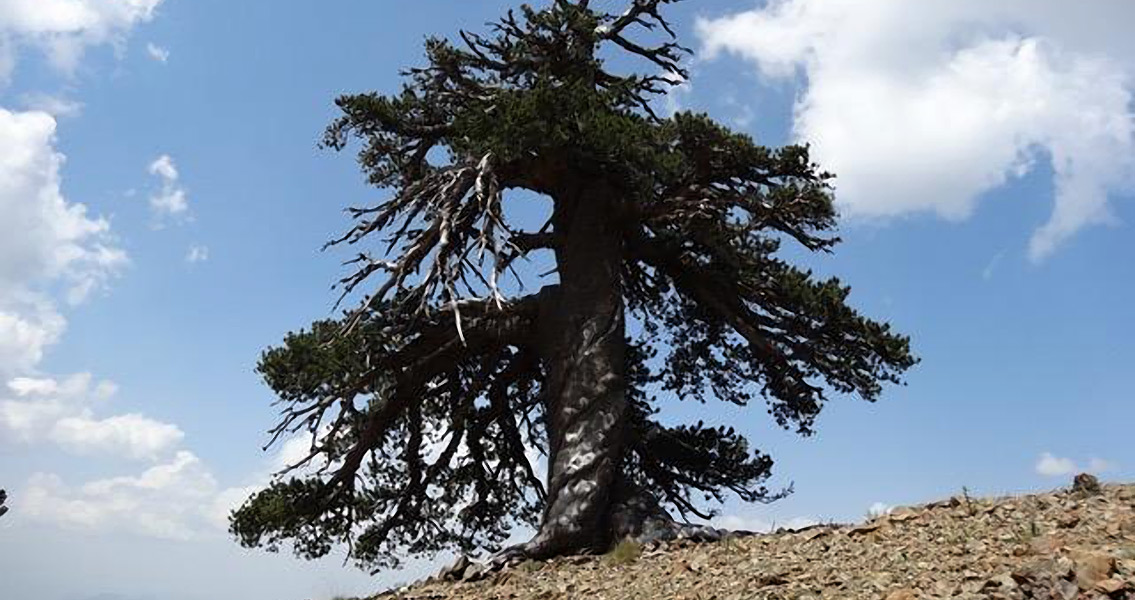<![CDATA[The oldest known living tree in Europe has been identified as a 1075-year-old Bosnian pine located in northern Greece, after an international team of scientists subjected it to dendrochronological study. The tree’s highly advanced age was discovered by a group of scientists from the University of Arizona in the United States, the University of Mainz in Germany, and Stockholm University in Sweden. In a press release, Paul J. Krusic, a dendrochronologist from Stockholm University, said that the pine tree, which he called a “large, complex, and impressive organism”, has lived to such an advanced age despite the less-than-ideal conditions in the Greek highlands – an area that has seen 3,000 years of habitation. Thought to be one of more than a dozen extremely ancient trees living high in the Pindos mountain range, the tree was subjected to wood core analysis. A sample was taken from the outside of the trunk through to the center, Krusic explained, adding that the core sample was one meter long and had 1075 annual rings. The researcher recalled that he had read a scientific thesis regarding the Pindos forest many years ago, concluding that such long-lived trees would be ideal for constructing climate histories as they would be able to help build long chronologies. Researchers have high hopes that the annual variations in climate that are recorded in this tree’s rings – and those that might have fallen centuries in the past but are still preserved well enough to sample, will be able to provide insight into environmental and climatic conditions reaching back millennia. The tree has been nicknamed “Adonis” by the research team in homage to its location and its extreme age. In Greek mythology, Adonis was considered the god associated with desire and beauty, often understood to have been a male counterpart to Aphrodite – the goddess known to the Romans as Venus. Krusic said he was impressed by the vastness of human history that has occurred in Adonis' lifetime. Between the comings and goings of both the Byzantine and Ottoman empires, and the sheer number of humans that have inhabited the region, the researcher expressed his astonishment that the tree is still standing today. He attested the longevity to the forest in which Adonis resides being largely untouched for a millennium. Based on its tree ring data, Adonis was a seedling in around 941 CE, at the height of the Byzantine Empire. 500 years later, the Ottoman Empire had replaced the Byzantine, yet Adonis was still standing. By the tree's 1000th birthday, Greece would have been in the throes of the Second World War, occupied by Bulgaria, Italy and Nazi Germany. The exceedingly long-lived trees were found as part of a research expedition headed by the Navarino Environmental Observatory, a cooperative effort between Greek development company TEMES S.A., the Academy of Athens, and Stockholm University. The observatory’s mission is to study climate change and how it influences the Mediterranean, both from an environmental standpoint and the effect it will have on human habitation in the region. ]]>
Oldest Known Living Tree in Europe Found in Greece
